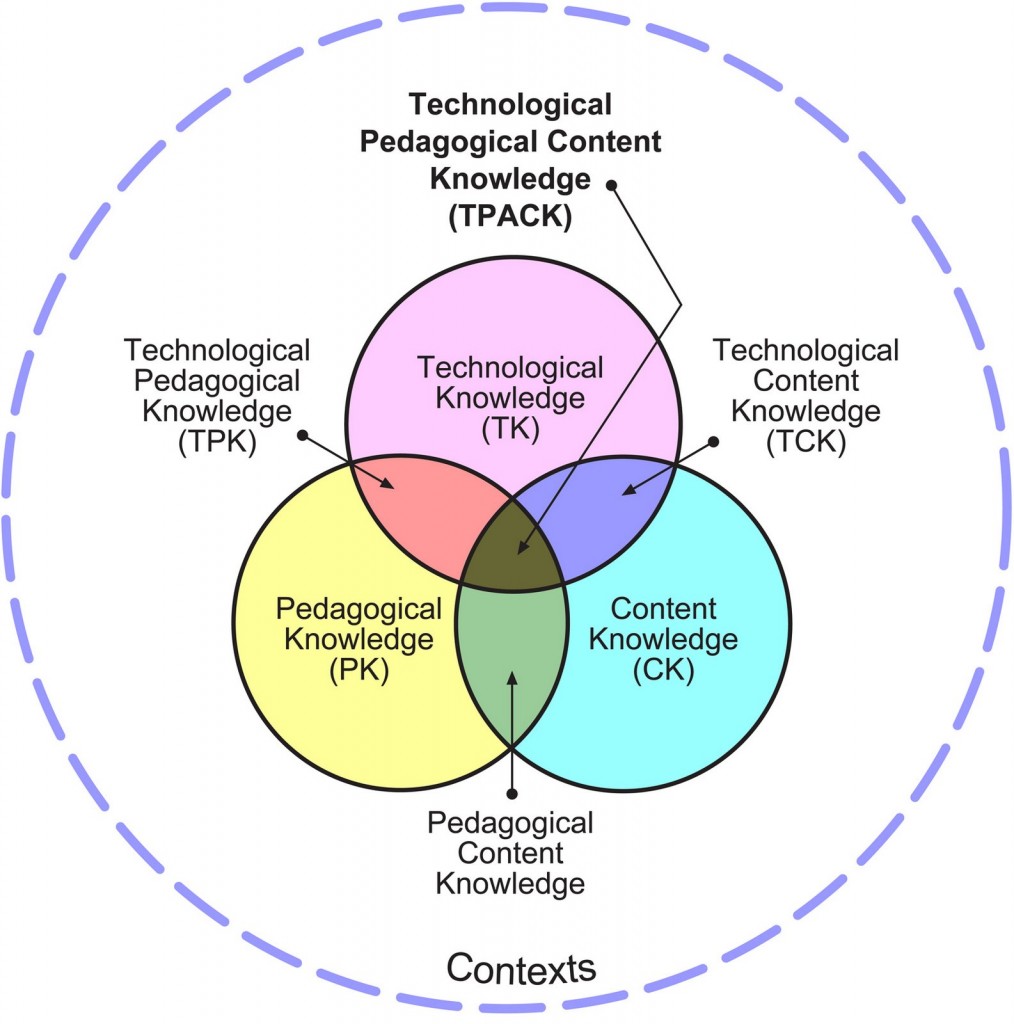After perusing my Google-reader this week I noticed there were a handful of posts addressing academia and technology or, more specifically, having an academic identity online. The following links in this roundup follow that theme and range from simple how-tos to more philosophical questions about taking your scholarly presence online. And, in the spirit of the day, they document the ups and downs, loves and hates, of engaging online.

Defining your web presence: ProfHacker has a useful post about Creating Your Web Presence: A Primer for Academics. As someone who is currently on the market I’ve been receiving a lot of those little notifications from Academia.edu that someone Googled me and landed on my Academia profile. Do you have one set up? Are there other ways that you have built an academic web-presence? This post also suggests LinkedIn, discusses the benefits of Tweeting (or not), and highlights the usefulness of RSS feeds. It also dovetails nicely with NspireD2’s Three Easy Ways to Make Academic Websites post including a range of out-of-the-box options to more customizable platforms (such as WordPress, which I wholly endorse).
I appreciated this (yet another) ProfHacker post on Encouraging a Conference Backchannel on Twitter. After attending a few DH and IT heavy conferences over the past year (Digital University @ CUNY and both CUNY-IT days) I found the Twitter participation intriguing and, ultimately, helpful. At first I was put off by how many people seemed to be engaged with their devices during a presentation, but I also realized that they were often going deeper with a line of thought and at some points were even having Twitter exchanges with the panelists! But the real value became more apparent to me after I attended a conference this past month in Arizona. There was no social-networking component and, low and behold, I didn’t meet anyone. I stayed with my usual circle of colleagues (all folks I enjoy, of course) but didn’t really make connections with others sharing my research interests. This stood out in sharp contrast with the conferences that had a hashtag and a group of even 5-10 active Twitterers — I made some solid connections that have presented a number of opportunities to build relationships. If anything, Tweeting a conference helps shy types like me get a foothold in that ever important conference-networking door.
A guest blogger, Katrina Gulliver, on TenuredRadical debates the merits of identifying your blogging vs. operating under a pseudonym. The post raises important questions about performances of online identity(ies) and the ever-diminishing online privacy (i.e. ability to actually operate anonymously). Her post provides examples of scholars who have helped shape their fields through their online presence and considers how social networking has changed during her career and the specific value of social media for history. Dr. Gulliver also makes use of the about.me platform mentioned in the NSpireD2 link above to create a visually appealing “meta” page that compiles all of her online activities into one page.
Finally, when you’re putting your words in the public forum, whether online or in print, there’s a great post over on Cac.ophony that considers what happens when you lose control of your words, as seen recently with the hullabaloo around Frances Fox Piven.
What would you like to know about engaging with your students online? Don’t forget to take our poll (to the right!)



 After a much needed break (a lot to process!) I attended this session that was much more of a brainstorming/working meeting to discuss what a blogging platform might look like across the entire University. Participants were broken up into the following groups based on their interest/expertise/whim: support, curriculum and pedagogy, and technical/development. Our discussion began with Joe Ugoretz wanting to make open and public publishing of student work a live question. Referencing
After a much needed break (a lot to process!) I attended this session that was much more of a brainstorming/working meeting to discuss what a blogging platform might look like across the entire University. Participants were broken up into the following groups based on their interest/expertise/whim: support, curriculum and pedagogy, and technical/development. Our discussion began with Joe Ugoretz wanting to make open and public publishing of student work a live question. Referencing 



